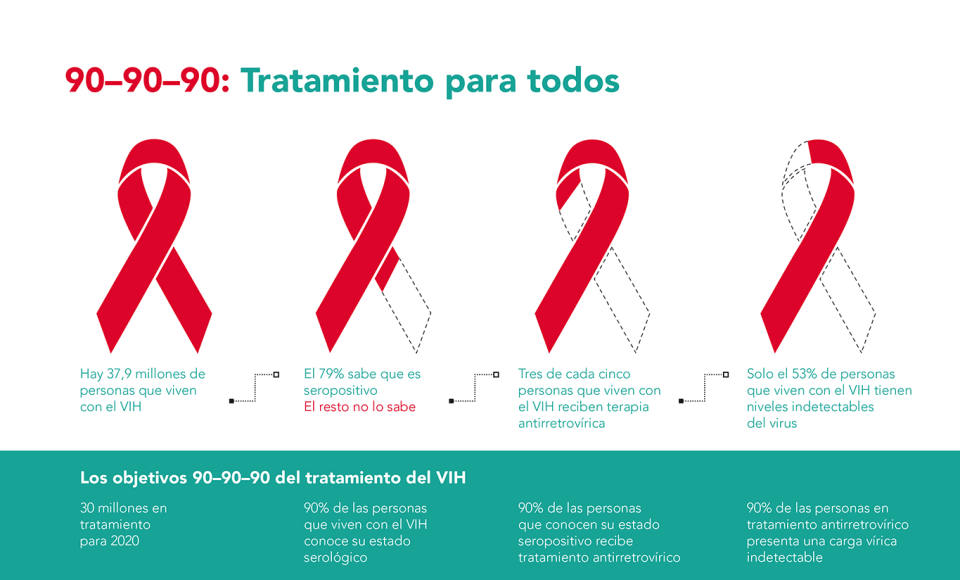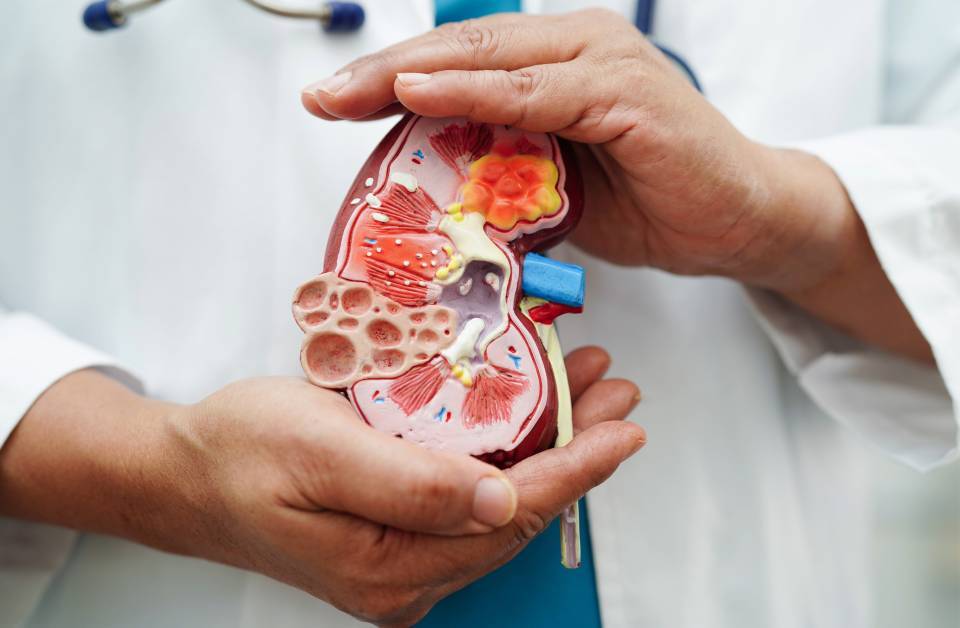Despite the enormous progress made in the treatment of HIV, the spread of HIV remains uncontrolled around the world. The number of new infections has not reduced over the last decade. For this reason, major international institutions such as UNAIDS and the WHO have made a commitment to states to achieve global epidemic control by 2020. For this year, they are specifically committed to meeting the 90-90-90 target, which has the following objectives: for 90% of the people with HIV to be diagnosed; for 90% of those diagnosed with HIV to receive antiretroviral treatment; and for 90% of the people receiving treatment to achieve viral suppression.
Currently, to reduce the transmission of the virus, experts recommend using a condom in conjunction with other preventive measures. This is what is known as a combined prevention strategy, which can include: lower alcohol and drug consumption, the regular taking of HIV tests and the regular taking of tests for other sexually transmitted infections. If you have undertaken risky sexual practices, the anti-retroviral treatment is recommended as a preventive measure: Pre-exposure prophylaxis (PEP) and post-exposure prophylaxis (PrEP).
Besides the global prevention targets, international organisations have also raised other social issues related to HIV that also need to be considered, as they are known to inhibit the prevention and treatment of the disease. Socially, one of the biggest targets is to ensure that the prevention services reach at least 90% of the key populations. Another target is to reduce gender inequalities to mitigate the impact of HIV in populations of particularly vulnerable women. They also set out to ensure that people with HIV are not victims of discrimination, particularly in the areas of health, education and employment.
In short, reducing new transmissions, improving detection measures and achieving proper monitoring for people living with HIV is crucial in order to control and reduce the spread of this disease. For this, it is particularly important to provide a response in terms of prevention and early diagnosis, as the data show that there has been insufficient investment in these areas to date. This is the only way that the international commitments made for the year 2020 can be honoured. It is also important to maintain and improve these commitments over the course of the next decade in order to meet the targets set for 2030: zero new infections, zero AIDS-related deaths and zero discriminations.




